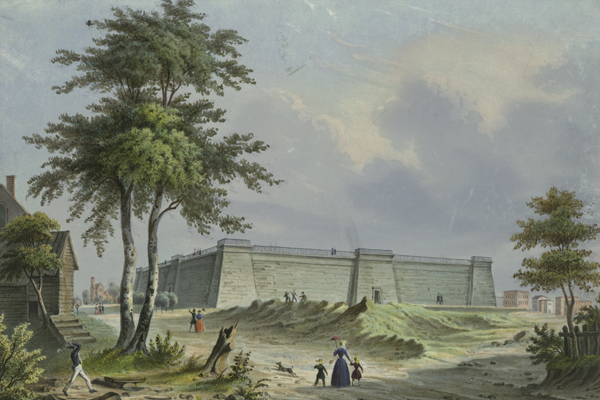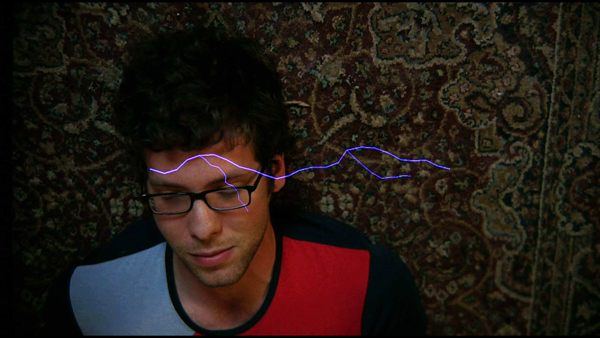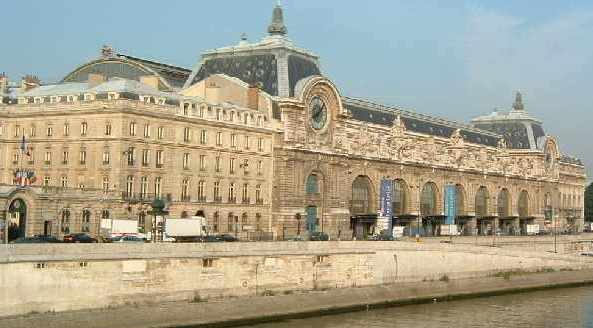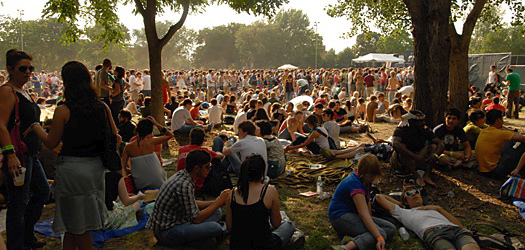
Back in the early days of New York City, water was a scarcity, yes, even on an island. The bedrock of the island made well drilling nearly impossible and the places where wells could be drilled only reached as far as the rain water, which was heavily polluted causing breakouts of cholera and yellow fever. In order to try and choke down what little water residents could find, they often mixed it with hard alcohol causing an epidemic of public drunkenness that became a trait of the city.
City politicians knew something had to be done to about what was becoming an increasingly volatile situation, and thus was born the idea for the Croton Aqueduct. Relying on gravity alone, in 1837 a 41 mile aqueduct was built from the Croton River in Westchester County (north of NYC), that brought fresh water to Manhattan. The first point the water came to when it entered Manhattan was the Receiving Reservoir; a mammoth, fortress-like structure that saw between 79th and 86th streets and Sixth and Seventh Avenues and is now the Great Lawn in Central Park. From there, water flowed to the Distribution Reservoir, which is currently the site of the New York Public Library. The Distribution Reservoir, or Croton Reservoir, was built in the style of an Egyptian temple and was open to much fan fare but was pulled down in the 1890s when it became too small for the growing city.
Some of what once was the Croton Reservoir remains though, underneath the New York Public Library. In 2009, Gothamist had the opportunity to explore the library and caught a glimpse of what was, which can be seen here. The old Aqueduct is still in use today, though as a walking path and state park. Find out more information from the Friends of the Old Croton Aqueduct.
The New York Public Library
476 5th Avenue, New York – (212) 930-0800
View Larger Map
 MUSEYON BOOKS Smart City Guides for Travel, History, Art and Film Lovers
MUSEYON BOOKS Smart City Guides for Travel, History, Art and Film Lovers


